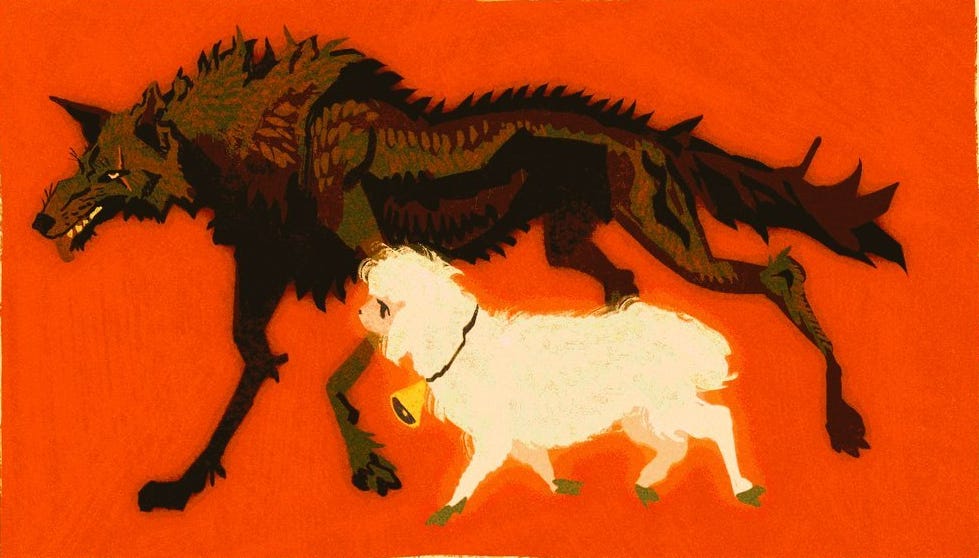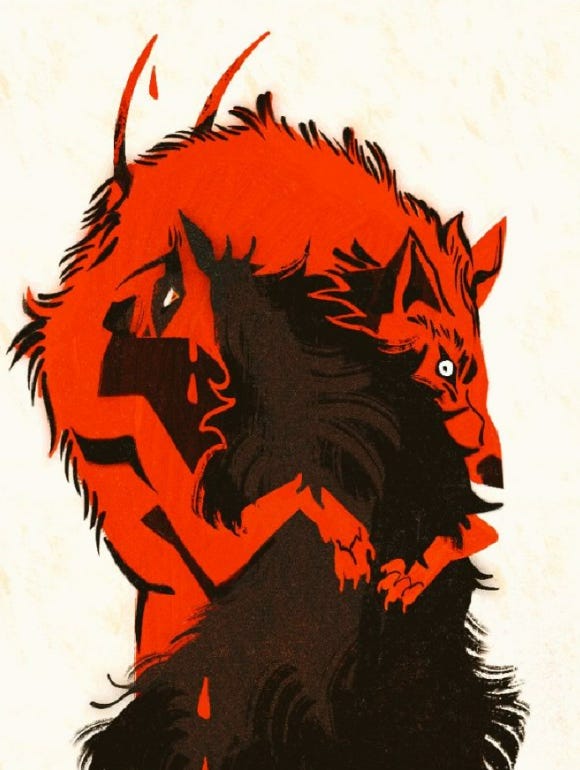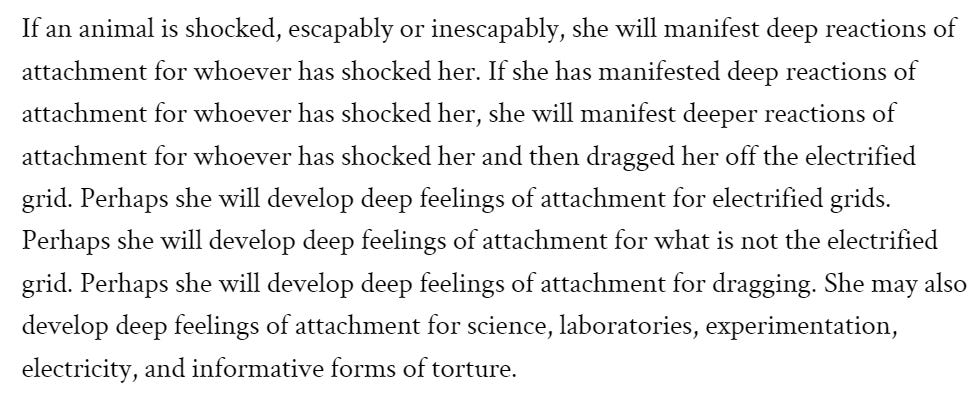
Throughout my life, I’ve worn baju kurung countless times, of course.
If you don’t know what baju kurung is, it’s a two-piece Malay traditional dress basically consisting of a long top and a full skirt. I wore it as a school uniform during eleven years of public school, it was the dress code during my pre-university days, I wear it every year during Eid, and at weddings, graduations, funerals.
There are variations of baju kurung, worn by communities across Malaysia, Indonesia, Singapore and Brunei, but for the purpose of this newsletter, I’ll be referring to baju kurung as traditional wear typically associated with Malay women in Malaysia.
I’m a girl (I suppose) and the girlhood wants to be seen and accepted as a girl. The personhood wants to be respected and treated as a person. Some secret third thing is adamant that my experiences of girlhood and personhood are one and the same, while a fourth thing maintains that it wasn’t. These were prayers for which I had no exact words for. I couldn’t beg for clarity if I couldn’t name what haunted me.
Until one day, whilst drafting a tweet, I realized I always referred to women and women’s discrimination and oppression in third person. As in, using ‘they’ and ‘mereka’, instead of ‘us’ and ‘kami’. When I spoke of women, I never used the word ‘we’ and I realized it was because I was hesitant to assume women’s problems as my own even though I am a woman. Even though I have been, and still am, subject to sociocultural expectations, suffocating gender roles, and unfortunately, violence.
I hate being communicated with across categories. And the category most damning to me was ‘girl’. For the longest time, when people saw me, I needed so badly to not be perceived as a girl. You would think, ‘But you obviously look like a girl, and you wear a hijab. Sah-sah lah perempuan’. That’s not how it works. My material practice of modest clothing does not reflect how I perceive myself. It does not immediately erase the years and years of gatekept femininity people said I was unfit for. That’s not how it works at all.
I’m a Malay girl, and I grew up bigger than the other girls. As a result, nowadays when I wear a baju kurung, I feel distilled and hyperaware, like when glass hits the floor and breaks into a hundred little pieces, and the slightest movement could translate into cutting. On the worst days, I feel grotesque. It used to be a source of significant distress to me, leading to waves of depression and somehow, shame.
Growing up plus-sized, or whatever you want to call it, had a profound impact on me that persists to this day. I’ve been traumatized by anti-fat language and skinny-centric fashion to the point where I doubted if I would ever be regarded as a woman. Particularly in Southeast Asia, where beauty standards are rooted in colourism and classism (Why do all the Bumiputera and Chinese girls want to look Korean?). Growing up overweight forced me to acknowledge that I’m not as much of a girl as the others, and I had to hear people telling me that I was not yet considered a girl, and it seriously distorted my sense of self as I waited impatiently for the mythical moment when I finally become a woman.
“When you get older— ”
“Bila dah kurus besar nanti — ”
“When you grow up— ”
What if, after I grow up, I still look like I do? What then? Still not yet a girl?
I was never allowed to make the decision for myself, about whether I was a girl or not. Other people decided whether I was a real girl, based on their social desirability spectrums. This is worse for girls bigger than me, and darker-skinned. Being a woman was decided for me based on my appearance and figure. So in this state, when you’re not a girl and not a boy, the deconstruction of societal views on gender is inevitable. Even contemporary views were insufficient, for even androgyny seemed to be reserved for skinny, able-bodied white people who wear crocheted froggy hats.
When talking of androgyny, and fluidity—the image of a Malay girl in baju kurung is rarely conjured, no?
So approaching this womanhood and femininity that I’ve always defended and studied as an outsider, finally being able to think, ah I didn’t have to wait to be a girl… It has been… an act of reclamation.
I can only imagine how it is for my friends and loved ones who are not Malay, but Malay on paper, or in appearance. How it is to exist in garments that double as labels, and how those labels rarely, if ever, fit accurately. But once their parents had decided they would be Malay all those years ago, what’s stated on paper makes its way onto fabric. Baju kurung, baju melayu—the decision to wear, the decision to be perceived a certain way.
There’s always a decision to be made, see? And they’re all crippling to make.
It doesn’t help that ‘kurung’ means caged.
I’ve no problems with wearing the hijab, or headscarf. It gives me a sense of safety, and tudung bawal (a type of square-shaped scarf) with a white tee, flannel, and black jeans is always a serve (the girls who listen to Paramore get it). But clothes? Clothes make me feel like a deer caught in headlights. Even more so, baju kurung.
Since I was in school, it’s been so tiring watching myself in third person all the time. The way the fabric boxes or wraps my body. The way I move and bend in it. The way I sit in it, where my arms go, where my stomach rolls go. The way people might attribute social and cultural roles or values to my being.
I’ve been doing less of this self-laceration, because of the ways I am now loved and understood, but also because kindness is the only thing that makes sense in the world, thus I should be kind to myself. But when I catch myself in a reflection any now and then, or in a photo a friend’s taken—it feels like the blade of a knife to my jugular. Like how dare I exist, how dare I exist looking like this? Begging and begging for my body to be halved and all my blood to seep out, so I can finally see the pith of my heart and be told which version of myself is true.
I just can’t help it. When I wear older baju kurungs with their simpler silhouettes, cotton broken in, it feels strange. When I wear newer, more stylized baju kurung, with shorter tops and boxy sleeves, I feel even stranger. I never feel comfortable. In clothing that seemingly belongs to me, and my ethnicity. I showed up at a university event once last year, in a baju kurung. I felt like throwing up.
Till today, I feel a sort of discomfort. Now I know the discomfort is fear, and grief. Fear of facets of my identity being compromised when I dress as a Malay woman, and grief for the two decades of believing I had less of a right to call myself a woman at all. And these two emotions are so overwhelming, they make a different ending enticing—the transformation from girl to monster. If I was going to feel grotesque all the time, might as well be the best version of it.
But no, I must be kind. Whether kind horrors exist, I don’t know.
I just want to exist. Exist as I work myself to the bone, and clean, clean up after others, cook, cook for others, read and learn and teach, make things and mend things, take care of myself and others, navigate depression and relationships and the job market, sleep, eat, scream, yell, cry, laugh, decide decide decide—

For now, though, I’ve grown to appreciate the baju kurung. (Thank you to Bayu Somerset for making the best ones). Light and breathable, and the skirt allows so much leg movement. I had fun in baju kurungs as a teenager. Now when I look in the mirror and feel a crippling horror towards my body, I conduct the deliberate uprooting of sociocultural influence from the matrix through I which I see gender (and see myself).
Then I realize I actually look (and feel) just fine.
This Kontinentalist piece on sarong and gender colonialism.
Should this newsletter stray from my targeted audience and reach the circles of “Pakai je la baju kurung apa masalahnya? Buat teruk.”— it’s alright, we have something for everybody!
If you think I’m just insecure, or I hated my body, or I had an identity crisis, or internalized -isms or -phobias—welcome to girlhood!
Merry eid / Mat ri ye / Happy holidays!!!!




Aida you don’t know how much my friends and i are weeping over this piece, such such good work